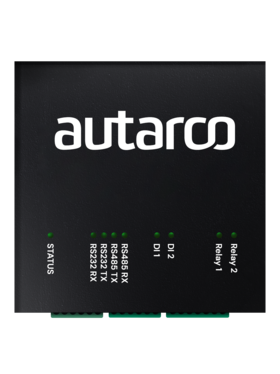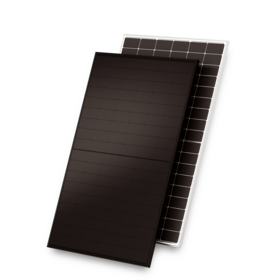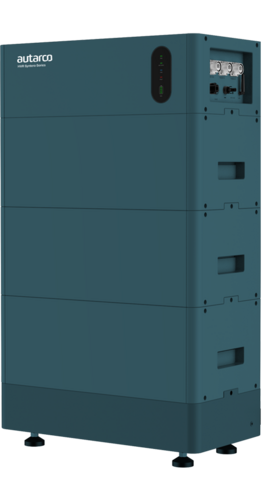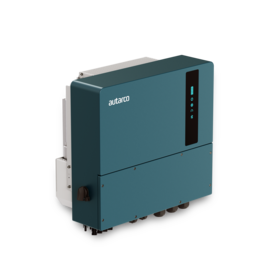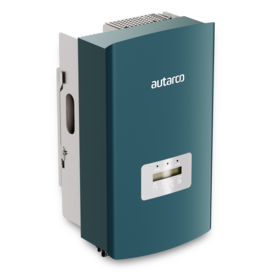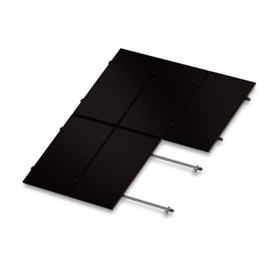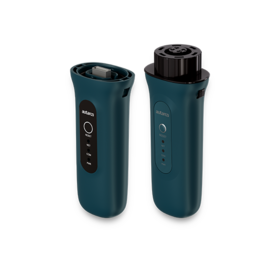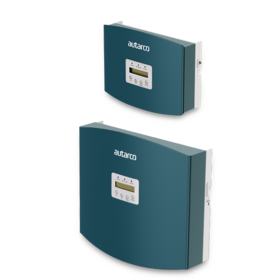Do solar panels like the summer heat?
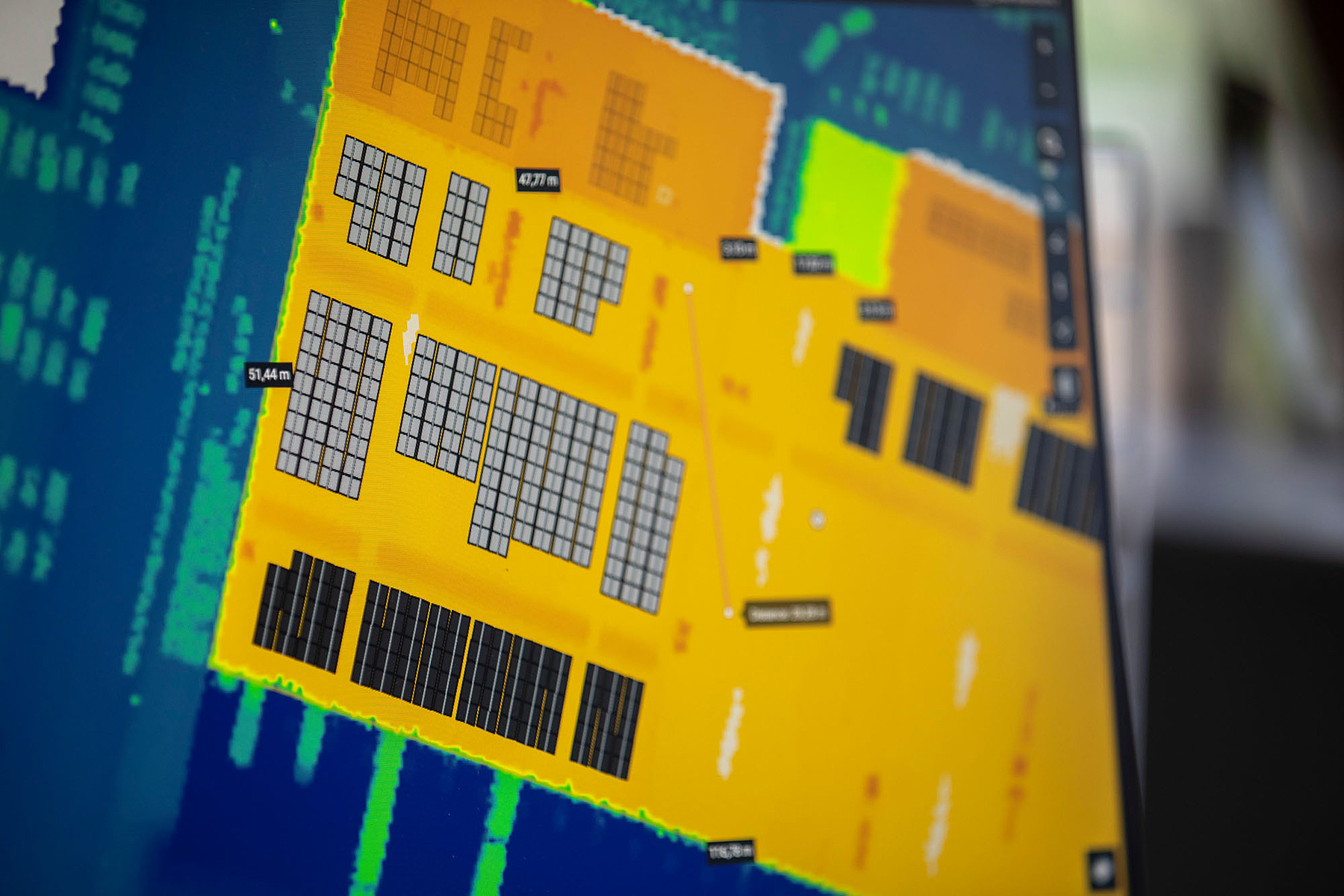
Heatwaves
July was hot this year. Very hot. But this nice summer weather is good news for your solar modules, right? Or is it? In this article we look at the influence of these conditions on PV systems.
Due to the bright sun, at almost the highest point in its orbit and with hardly any clouds in the sky, irradiance reached record heights over the last couple of weeks. As shown in the graph below, in the Netherlands irradiance was 25-30% higher than the long term average.
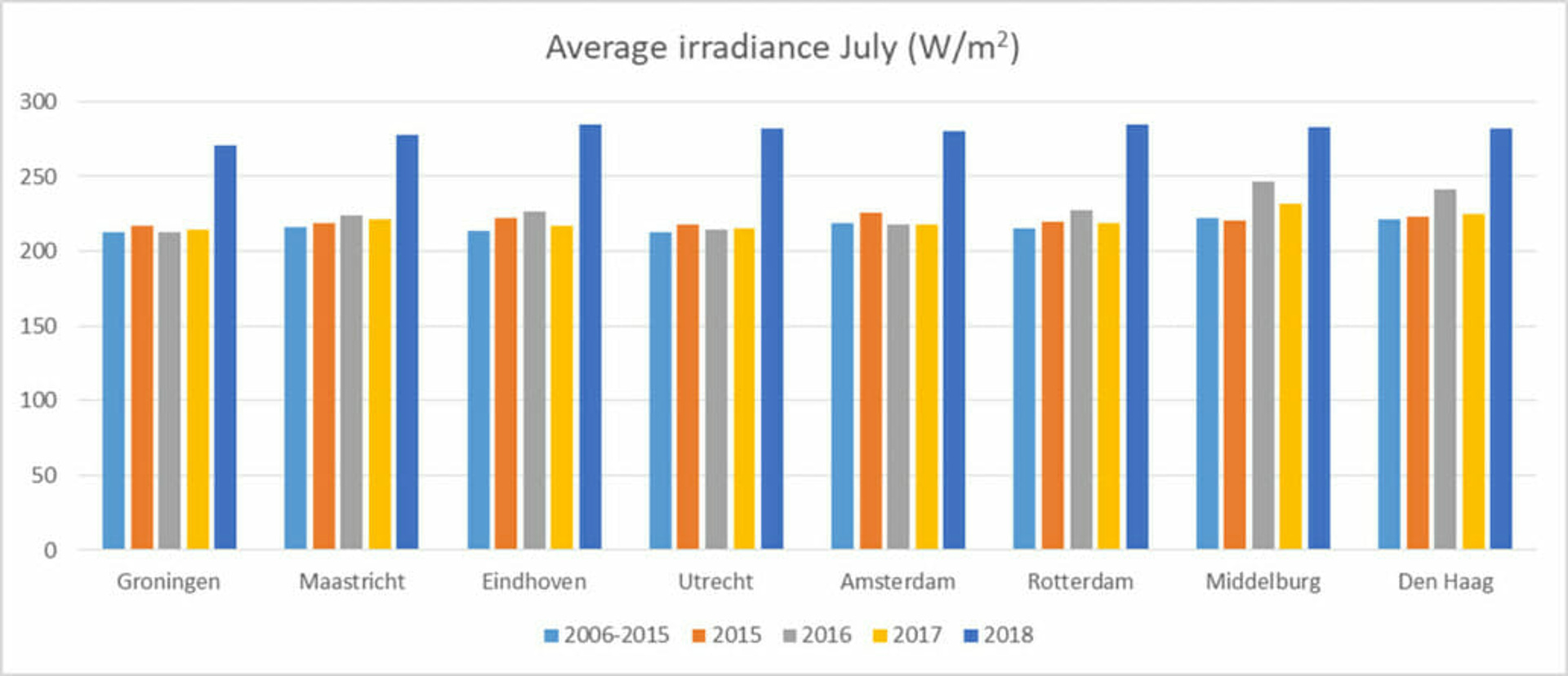
Extreme temperatures
So there was a lot of energy coming our way, ready to be harvested by solar panels. But this great irradiance comes with high temperatures, that surely didn’t go unnoticed. Tarmac was melting, bridges expanded until they wouldn’t open anymore, and crops drying out in the fields. The question now is, how do your PV systems react to this heat? Do they thrive under these conditions? Or are they taking it easy, as we humans tend to do?
Heat
It might sound counterintuitive, but where solar panels love the sun, the don’t particularly like the temperature coming with it. Solar modules are meant to convert light into electricity, not heat. To see exactly what this heat means for the yield of a PV system, we conducted a case study for an installation in our hometown Eindhoven. In this example, we are looking at a set of modules facing South, in an optimal 35° pitch. Looking into the meteorological data we collect on a daily basis, the average temperature in Eindhoven appeared to be around 3°C higher than the long term average. But because this higher ambient temperature is combined with the high irradiance and the heat generated by the modules themselves, it causes the average cell temperature to be 6°C higher than normal, easily reaching values as high as 60°C! This is bad news, because solar modules become less efficient in high temperatures, as do all semiconductors. Higher temperature means a lower potential difference within the cells, which results in lower voltages. And although the current might be a bit higher in situations like these, it doesn’t compensate the lower voltages, resulting in lower yields. After all, the output in watts is the product of voltage and current.
Effects
For our test case, irradiance for July was 34% higher than the long term average. At first glance you might expect yields to raise accordingly. Due to temperature losses, they don’t. The yield this month was only 30% higher, the difference being caused entirely by the high temperatures. As expected, this difference is higher than in previous years with their slightly milder summers. Usually, we look at a difference of around 1,5%, rather than the 4% for this year.
Conclusions
So yes, this sunny summer weather leads to higher yields for your solar modules. However, not exactly as high as you might expect. But while overall efficiency might be a bit lower, due to the high irradiance and the number of daylight hours, July will still be the best month of the year, as it is every year.
Temperature is only one of the many factors that influence the yield of a PV system. All of these values are taken into account in our design software, so it can accurately calculate the expected yields for any PV system. These exact calculations form a major part in Autarco’s insured kWh guarantee.
